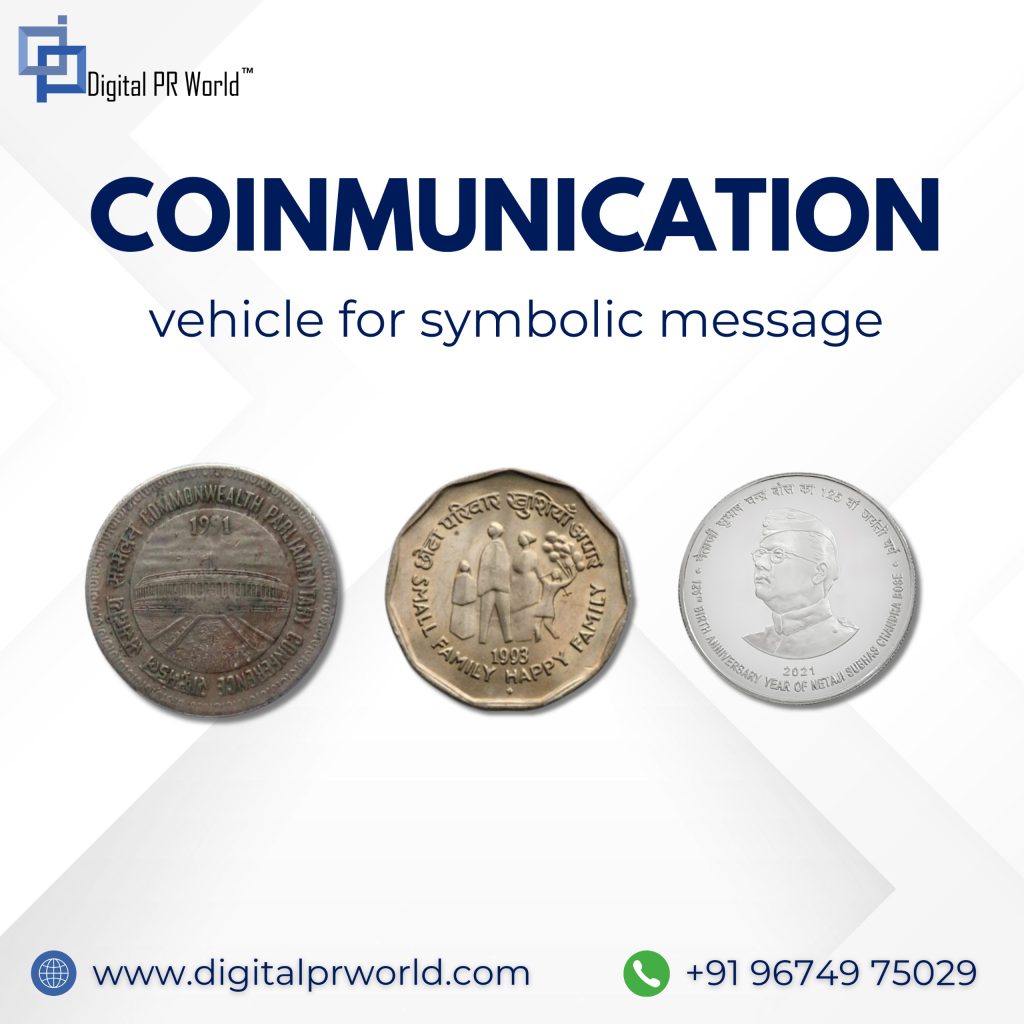
Coins have historically served as more than just instruments of trade—they have been a powerful medium for mass communication. In countries like India, where a significant portion of the population still uses physical currency, coins present an excellent opportunity to spread awareness about public policies, government initiatives, and social messages. By embedding key messages into newly minted coins, authorities can ensure that important information reaches a broad audience, including those who may not have access to digital or traditional media.
The value of currency extends beyond its exchange purpose; it has always been a carrier of national identity, historical significance, and, in many cases, strategic messaging. Coins, due to their longevity and wide circulation, serve as a subtle yet impactful advertising tool. Historically, rulers have imprinted their achievements, symbols, and governance messages on coins to communicate with their subjects. This method is a time-tested, old-school approach to mass messaging that remains relevant even today.
The Evolution of Communication Mediums
The medium of communication can be anything—its effectiveness depends on the purpose, duration, and economic considerations of the entity leveraging it. A notable example is the Lifebuoy campaign during Kumbh Mela in 2013, where messages promoting hygiene were stamped onto rotis (Indian bread). This unconventional yet highly targeted method effectively reached the intended audience. Similarly, currency coins can be designed to communicate messages related to national welfare schemes, public health initiatives, or historic milestones, ensuring that the information is organically disseminated among the masses.
Challenges in the Digital Era
With the advent of digital payments, fintech solutions, and UPI applications, the usage of physical currency is declining. Governments worldwide are promoting digital transactions to reduce the cost of producing and managing currency assets. However, a complete transition away from physical money is unlikely in the near future due to factors like literacy rates, internet penetration, and mobile accessibility. Many people, especially in rural areas, still rely on cash transactions, making physical currency a crucial part of the economy.
The Need for Continuous Innovation
As communication mediums evolve, advertisers and media planners must continually innovate to find effective ways to reach their target audiences. Engineering new methods to integrate messages into everyday objects—whether currency, food, or digital platforms—ensures that important messages are conveyed efficiently. Coins, with their durability and widespread usage, remain a viable option for strategic communication, reaffirming their role beyond just monetary transactions.






































































